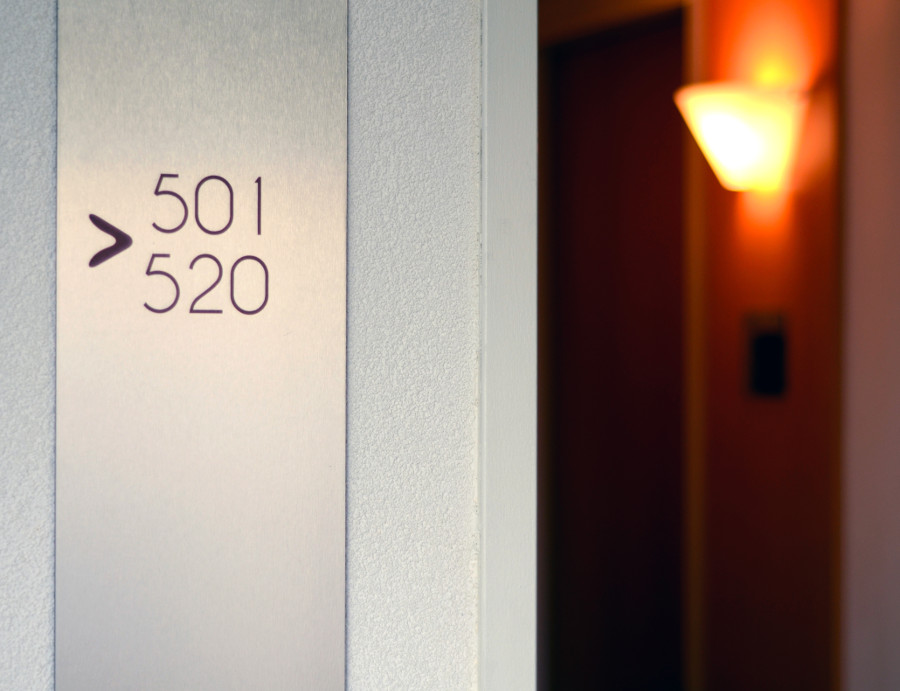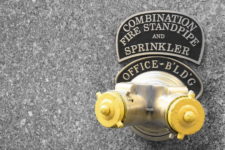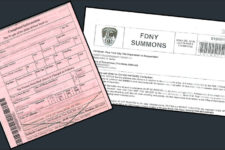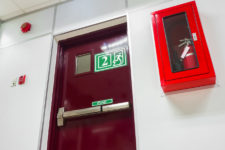Last summer we reviewed a number of regulations during our Mid-Year Compliance Check-In Webinar. Two of those new rules included 3 RCNY §505-01 and 505-02. These rules document requirements for directional and emergency markings at Group 1 and 2 buildings, respectively. We’ve had a few questions about these requirements recently, so we thought it was a good idea to resurface these rules that went into effect this past March.
3 RCNY §505-01: Identification and Directional Markings for Group 1 and Group 2 Buildings
What is it?
This rule outlines requirements for entrance doors and floors so emergency personnel can identify where they’re headed within a particular building. Requirements specify where signs should be posted, how high above the floor they must be, and what the design of the signs should look like. Specifics can be found here in the body of the law starting on page 4.
When is the effective date?
Required markings must be in place for existing buildings by March 30, 2017. Markings for buildings seeking a final or temporary CO on or after 6/1/16 must be compliant prior to issuance. That said, according to 505-01(a)(3):
What does compliance look like here?
Signage must be maintained and all markings must be kept in good repair. In addition, inspections must be held to confirm that the signs are in compliance with these specifics. The law notes that buildings shall “[be] inspected at least once per year,” though it doesn’t note whether the FDNY will perform these inspections, or the building itself is responsible for holding the same. That said, the building will be responsible for keeping records of these inspections, so it’s likely buildings should perform these annual sign/markings inspections themselves.
3 RCNY §505-02: Apartment, Guest Room, and Stairwell Fire Emergency Markings for Group 1 and Group 2 Buildings
What is it?
This regulation outlines emergency markings for R-1 and R-2 dwelling units (apartments, guest rooms, and sleeping rooms) and stairwell doors with exceptions. The markings are low to the ground (no more than 12 inches above the floor) and placed on the door jambs. Diagrams can be seen starting on page 13 of the law.
What are the exceptions?
This requirement does not apply to:
- Buildings and occupancies with eight (8) or fewer dwelling units on a floor
- Buildings protected throughout by a sprinkler system, or
- An occupancy within a building if the building is protected throughout by a sprinkler system
What is the effective date?
Buildings with multi-floor occupancies (dwelling units made up of more than 1 floor) had to comply with emergency markings by March 30th of this year. All other buildings besides listed exceptions must comply by March 30, 2018. New buildings must comply before occupancy.
What does compliance look like here?
Same as the above regulation, annual inspections must be held and recorded.
Though the law currently doesn’t list any infractions for failure to comply, it’s safe to say that failing to maintain the markings, signage, and perform and record inspections can result in penalties.
As always, it’s best to confer with your fire safety consultant (including a site walkthrough) to evaluate how these laws will impact your properties, and whether or not your building meets any exceptions.




